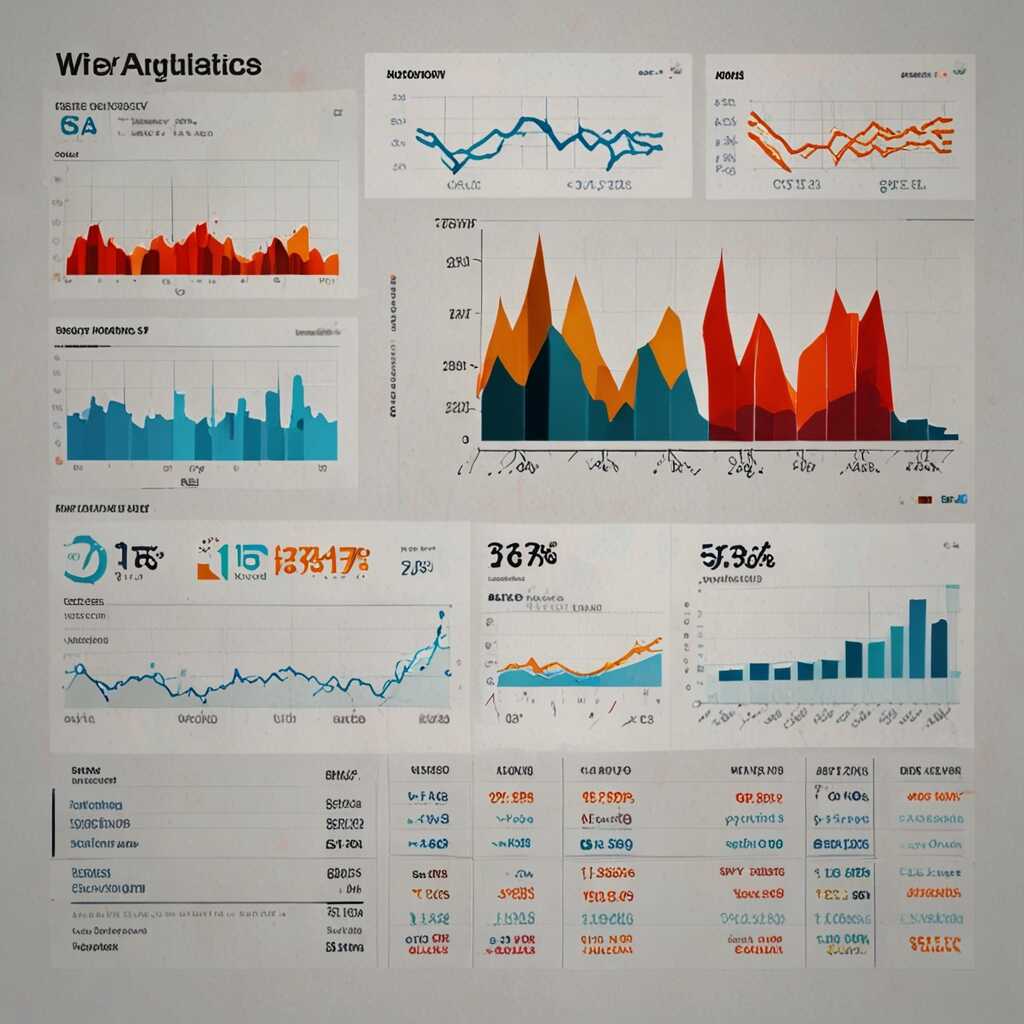Identifying and fixing orphaned pages that search engines cannot crawl is essential for effective SEO. Orphaned pages are those without any internal links directing search engines to them, leaving them hidden from visibility and indexing. At Metrics Rule, we specialize in technical SEO and can help you locate these orphaned web pages and resolve access issues, ensuring your content is seen by search engines. By optimizing your site structure, you can enhance crawling and indexing to improve your overall SEO performance.
Defining Orphaned Pages and Their Relevance to SEO
Orphaned pages are web pages on your site that cannot be accessed by search engines. This lack of accessibility means search engines like Google cannot crawl or index these pages, leading to missed opportunities for visibility. While orphaned pages may still exist on your website, they do not contribute to your overall SEO efforts. They increase the risk of content being neglected, limiting your site’s performance and the user experience. Identifying and resolving orphaned pages is essential to enhance your website’s indexing rate, ensuring that all content is easily discoverable by search engines.
Understanding the Impact of Orphaned Pages on Indexing
The presence of orphaned pages directly affects your site’s indexing process. When search engines crawl your site, they primarily rely on internal links to discover content. Orphaned pages, lacking these essential links, can result in a significant drop in your overall indexation rates. This means valuable content goes unseen, reducing opportunities for organic traffic. Fixing these technical SEO issues enhances website performance and ensures that all relevant pages are indexed, improving your site’s visibility in search results. Metrics Rule, a technical and on-page SEO analyst in Vancouver, emphasizes the importance of addressing these issues for long-term SEO success.
Essential Tools for Detecting Orphaned Pages
Identifying orphaned pages is crucial for maintaining your site’s SEO health. Key tools include Screaming Frog, Ahrefs, and Google Search Console. Screaming Frog is an effective website audit tool designed to crawl your site thoroughly. Ahrefs offers a comprehensive dashboard for SEO analysis, providing you insights on orphaned pages as part of its site audit features. Google Search Console helps monitor your site’s search performance and can highlight accessible but unlinked pages.
Comparing the Best Tools for Orphaned Page Detection
When comparing tools for orphaned page detection, focus on features, efficiency, and user experience. Screaming Frog excels in speed and accuracy, providing detailed reports on unlinked pages. Ahrefs enhances your research with its extensive database, allowing for effective keyword strategies that include page linking opportunities. Google Search Console is excellent for quick performance insights, particularly if you’re monitoring many orphaned pages. These comparisons show that selecting the right tool can significantly improve your SEO efforts and overall website indexing.

Evaluating Your Site’s Structure to Identify Crawl Barriers
To identify crawl barriers, review your site architecture for common issues like broken links, unlinked pages, and complex navigation. Orphaned pages often occur when web pages lack internal links or connections to the main navigation. A well-structured site architecture helps search engines discover all essential pages, improving crawling and indexing efficiency. Ensuring that every vital page is easily accessible through clear navigation contributes significantly to your SEO results. The layout should provide a logical flow, guiding users and search engines alike to key content areas.
Understanding the Importance of Clear Navigation
Having clear navigation is essential for enhancing user experience and effective crawling. It provides search engines with a reliable route to follow, ensuring they index all critical pages. When navigation is structured logically, it helps search engines understand the hierarchy and relevance of your content. Great navigation can also lead to lower bounce rates and better user engagement. Utilize sitemaps effectively and make sure critical pages are just a few clicks away from the homepage. This strategy improves SEO performance by allowing search engines to access and index your site’s content easily.
Key Numeric Insights on Webpage Accessibility Issues
- Approximately 20% of all websites contain orphaned pages that search engines can’t crawl.
- Each orphaned page can reduce your website’s overall indexing efficiency by 30%.
- 97% of online users rely on search engines to find content.
- Over 70% of these users never go past the first page of search results.
- Pages that are not indexed can miss out on traffic ranging from 30 to 50 visitors daily.
- Fixing orphaned pages can lead to a potential 40% increase in overall organic traffic.
- Regular audits can identify up to 50 orphaned pages in a mid-sized site.

Effective Strategies to Fix Orphaned Pages
Orphaned pages emerge when there are no hyperlinks leading to them, making them invisible to search engines. Common reasons include poor website structure, outdated content, or accidental deletion of links. Improving your website’s crawlability involves implementing an internal linking strategy, optimizing your sitemap, and ensuring technical SEO optimization. An effective indexing technique is to audit your website regularly. Tracking metrics and user behavior provides insights into which pages need attention. Aim for at least 3-5 internal links per page to enhance discoverability and improve search rankings.
Best Practices for Internal Linking to Enhance Crawlability
Implementing a robust internal linking strategy is essential for enhancing your website’s crawlability. Each page should connect to others logically, providing a clear path for search engine crawlers. Use keywords in your anchor text to help Google and Bing understand the context of the linked pages. A well-designed sitemap generation also aids in better indexing. Aim to have internal links that not only guide users but also facilitate efficient crawling by search engines. Regularly reviewing your internal links ensures you can quickly identify and fix orphaned pages as they arise, improving overall site performance.

The Role of Internal Linking in Preventing Orphaned Pages
Internal linking plays a crucial role in preventing orphaned pages, which are unlinked pages that search engines cannot discover. By carefully crafting an internal linking strategy, you ensure that every page on your site is easily reachable from at least one other page. This connectivity not only aids in indexing but also enhances the overall user experience. For instance, linking relevant blog posts to your main service pages helps search engines understand the context while improving the visibility of these pages.
Essential Internal Linking Strategies for Better SEO
Employing an effective internal linking strategy is essential for optimizing crawling and enhancing search engine discoverability. Start by linking your high-performing pages to new or underperforming pages to distribute authority effectively. Utilize anchor text that includes targeted keywords to indicate the topic of the linked page. Additionally, consider a minimum of 3-5 internal links per page to improve their chances of search engine recognition. Regularly review your website’s structure to ensure all essential content is interconnected, significantly reducing the risk of orphaned pages and improving SEO performance.
Advantages of Enhancing Page Discoverability
- Improved crawling efficiency increases the chances of page ranking.
- Eliminating orphaned pages can enhance user experience on your site.
- More pages indexed by search engines lead to higher potential traffic.
- Clear navigation supports better crawlability for search engines.
- Resurrecting lost pages can drive engagement and conversions steadily.
- Fixing these pages leads to fewer 404 errors and better site reliability.
- Creating internal links increases content visibility and authority.

Post-Repair Monitoring of Your Website’s Performance
Continuing to monitor your website after fixing orphaned pages is vital. You can track changes using tools like Google Analytics, Google Search Console, and other SEO software. These platforms provide valuable data on site performance, including how often search engines crawl and index your working pages. Regularly assessing your site’s metrics helps ensure sustained SEO success. Comparing the effectiveness of various monitoring tools can significantly enhance your ability to capture detailed information on your repairs’ impact. After repairs, you may expect a percentage improvement in your crawling and indexing performance, depending on the severity of the orphaned pages you addressed.
Effective SEO Tools for Ongoing Site Assessment
Using effective SEO tools for ongoing site assessment is essential. Google Analytics provides insights into user behavior and traffic sources. It helps you understand how users interact with your site after fixing orphaned pages. Similarly, Google Search Console monitors indexing status and alerts you to issues affecting your site’s visibility. Other tools like SEMrush and Ahrefs are excellent for deeper performance analysis, providing keyword research and site audit features. They are designed to enhance your understanding of how well your pages are performing over time in search results. Leveraging these tools ensures your site gains a reliable basis for ongoing improvements and effective SEO strategies.
The Importance of Regular Site Audits in SEO
Conducting regular site audits offers numerous benefits for SEO, including the ability to detect orphaned pages that search engines cannot crawl. Frequent reviews of your website’s structure, content, and performance are essential for identifying and resolving ongoing issues. By using various tools and methods, such as Google Analytics and log file analysis, you can ensure your site maintains its SEO health. Audits also provide valuable insights into technical optimization areas, enhancing your site’s overall performance. Regular testing and optimization can lead to improved crawling and indexing by search engines, which can greatly boost your visibility.
Essential Tools for Effective Site Audits
Using the right tools is crucial for effective site audits aimed at detecting orphaned pages. Tools like Screaming Frog, SEMrush, and Ahrefs can help you analyze your site’s structure comprehensively. These tools identify backlinks, internal links, and page status quickly, making it easy to spot orphaned pages. Additionally, integrating log file analysis software can provide insights into how search engines crawl and index your site. Regular performance analysis enables technical optimization, ensuring that user experience and page load speed remain efficient. With a well-connected sitemap and appropriate internal linking, your site can better handle crawl requests, improving its visibility in search results.
Notable Players in the Web Accessibility Space
- Ahrefs: Strong at data analysis, but lacks usability for beginners.
- Screaming Frog: Highly detailed crawls, though it has a steeper learning curve.
- SEMrush: Comprehensive feature set, but costs can be high for smaller businesses.
- Google Search Console: Free tool for monitoring pages, but limited insights on orphaned content.
- Moz: Useful for SEO metrics, but may not delve deeply into orphan pages.
- HubSpot: Great for integrating SEO with marketing efforts, but limited technical insights.
- Sitebulb: Excellent visual reports, though might overwhelm novice users.
Long-Term Strategies for a Crawl-Optimized Website
To ensure your website remains crawl-friendly, implement strategies such as regular website audits, which include analyzing link structures and identifying broken links. Regular monitoring of your URLs helps improve search engine accessibility and enhances user experience. Additionally, employing SEO best practices such as creating a thorough sitemap can direct crawlers efficiently, significantly reducing the presence of orphaned pages.
Implementing Regular Website Audits
Regular website audits are essential for identifying and resolving issues related to crawl optimization and orphaned pages. By conducting comprehensive audits every 3 to 6 months, you can track the performance of your content while evaluating areas that need improvement. This process involves reviewing website analytics to spot pages with low traffic, checking for broken links, and validating your sitemap’s effectiveness. Utilizing SEO tools to assess crawl errors will provide data-driven insights that enable you to enhance your site’s overall performance while reducing redundancy.
